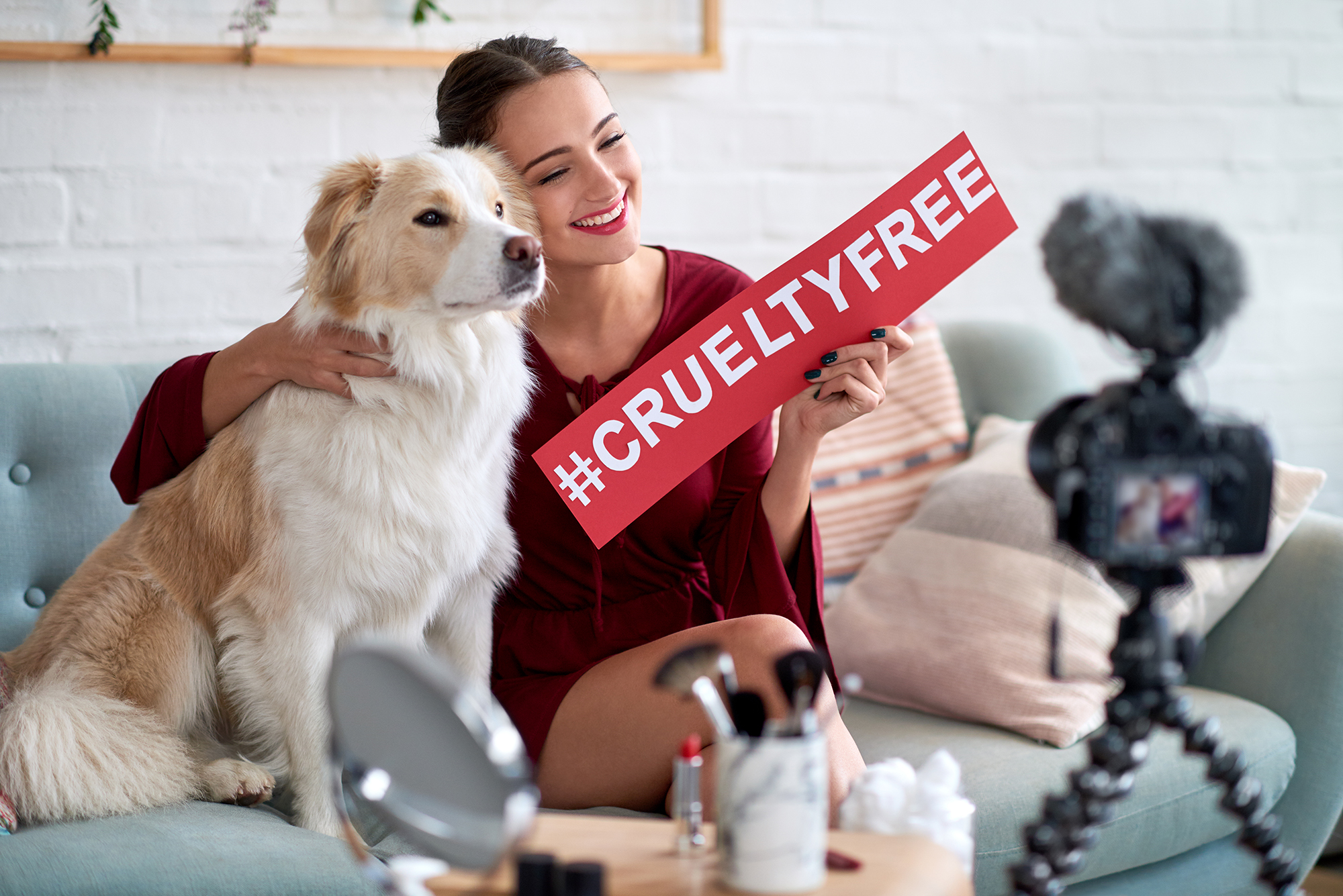It seems that the cosmetic industry is getting a makeover. In light of recent industry leader concerns and consumer feedback, many beauty brands are moving away from animal testing and seeking out alternative methods.
Today’s consumer is more conscientious about not only what they are buying, but the sources of those products as well. There is a growing interest in companies that are “green”, and supporting social causes, such as, the #BeCrueltyFree movement. Interestingly, this is a significant concern for millennials as the generation becomes a large population of key players in the marketplace. Many companies have made more environmentally and socially conscious business practice decisions in response to millennial influence.
What is the Cruelty-Free Movement?
A common misconception about the cruelty-free movement is that all the products are vegan. This is not entirely accurate. A vegan product does not contain any animal products at all. Products under the cruelty-free movement may contain animal products like beeswax or honey, but those products are not tested on animals.
Another misconception is that a cruelty-free product does not use animal testing at any point in the supply chain. However, some companies that claim cruelty-free only apply it to the finished product.
Cruelty-free certifications like the Leaping Bunny certification allow qualifying companies to register with them. Once the certification has been provided, they can display the Leaping Bunny seal on their cruelty-free product labeling and advertising. To qualify, a company must be animal free across the entire supply chain.
Non-Animal Testing Methods as Viable Alternatives
As the cruelty-free movement has become more visible and active, a growing number of companies are looking at alternative methods to animal testing. Many of these alternatives have proven to be more accurate, more cost-effective, and much more scientifically relevant than animal testing. The significant genetic differences between animals and humans create a rather large variance in accuracy which can skew may results.
Some of the more common non-animal testing methods include:
• In vitro (test tube) testing
• Computer models and simulations
• Artificial human tissue testing
Companies that choose non-animal testing methods usually discover a number of surprising benefits for their decision. From results that impact their bottom line, to consumer approval, they often find that choosing to go with non-animal testing methods is a smart business decision.


